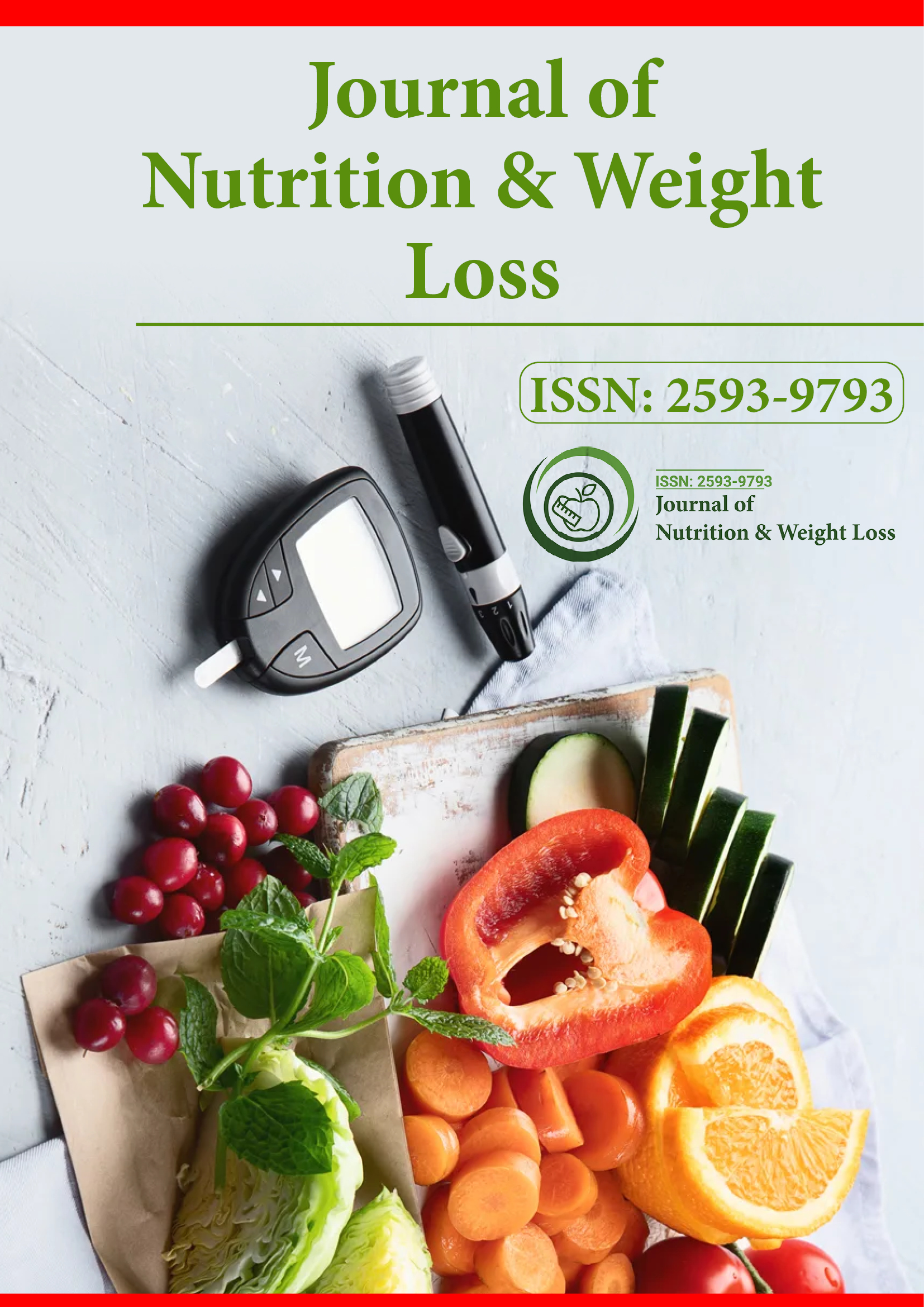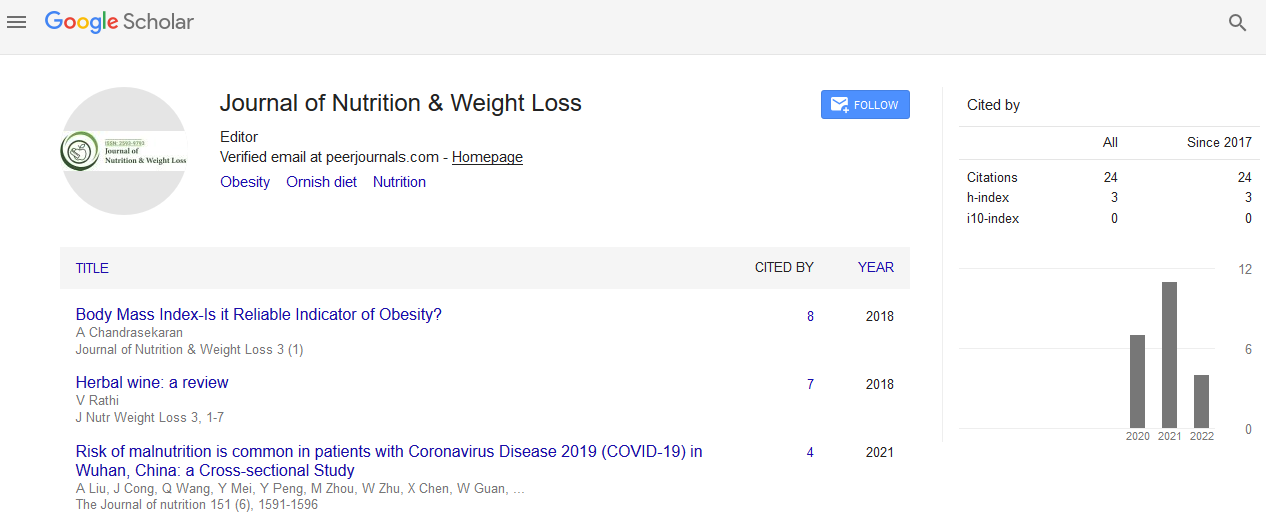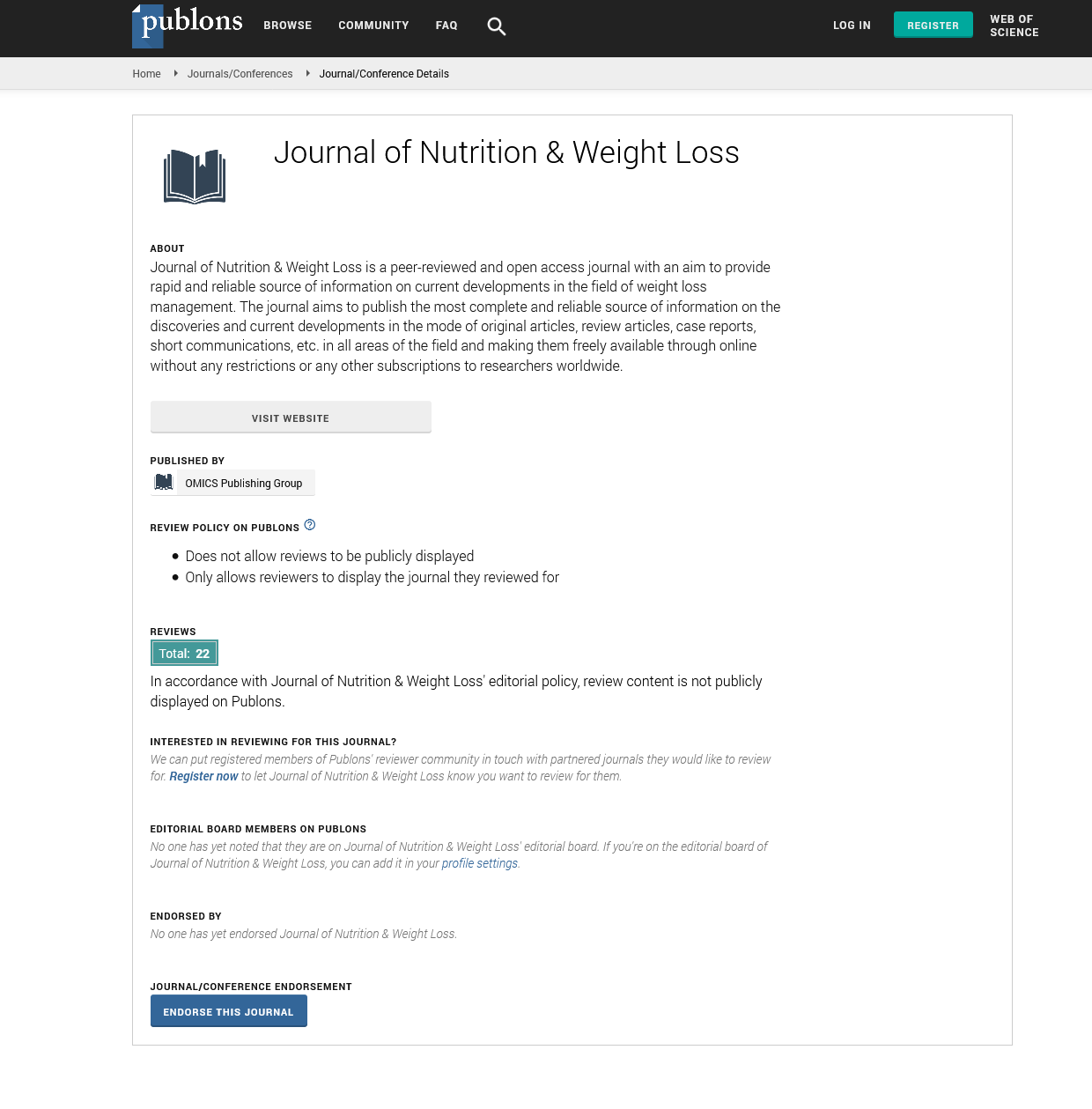Indexed In
- RefSeek
- Hamdard University
- EBSCO A-Z
- Publons
- Euro Pub
- Google Scholar
Useful Links
Share This Page
Journal Flyer

Open Access Journals
- Agri and Aquaculture
- Biochemistry
- Bioinformatics & Systems Biology
- Business & Management
- Chemistry
- Clinical Sciences
- Engineering
- Food & Nutrition
- General Science
- Genetics & Molecular Biology
- Immunology & Microbiology
- Medical Sciences
- Neuroscience & Psychology
- Nursing & Health Care
- Pharmaceutical Sciences
Perspective - (2021) Volume 0, Issue 0
Impacts of Water Consumption on Kidney Function and Excretion
Nasser Salem Alqahtani*Received: 09-Sep-2021 Published: 30-Sep-2021, DOI: 10.35248/2593-9793.21.s3.137
Perspective
Water homeostasis relies upon liquid admission and support of body water balance by change of renal discharge heavily influenced by arginine vasopressin chemical. The human kidney oversees more effectively liquid overabundance than liquid deficiency. Subsequently, no over hydration is seen in sound people drinking a lot of liquid, though a gentle hydration shortfall isn't exceptional in little liquid volume (SFV) consumers. Little liquid volume admission doesn't adjust renal capacity yet is related with an expanded danger of renal lithiasis and urinary plot disease. All things considered, expanding liquid admission forestalls repeat. The advantage of expanding liquid admission in sound SFV consumers had never been concentrated as of recently. Two on-going investigations from Danone Research show that expanding water admission in such individuals prompts a huge diminishing of the danger of renal stone sickness (surveyed by estimating Tiselius' crystallization hazard record). Since renal lithiasis and urinary parcel contamination pervasiveness are very high in western nations, this starter perception upholds the interest of a methodology dependent on essential avoidance utilizing intentional expansion in water-based liquid utilization in SFV consumers. Correlative investigations are needed to decide other clinical effects of SFV admission and to assess the advantages of expanding liquid admission.
Exactly 380 million years prior, during the Devonian time frame, ancient creatures logically began to pass on a water climate to colonize the ground. Scholars accept that crude kidneys, at first dedicated to discharge abundance water and save electrolytes, advanced to discharge metabolic squanders and electrolytes in a little volume of water, permitting these creatures to save water. The human kidney assumes a basic part in water homeostasis. Consistently, plasma ultrafiltration produces 150 L of filtrate (ie, 100 mL/min) by means of roughly 2 million nephrons. This essential pee is for the most part (ie, 90%) reabsorbed in corresponding to electrolytes. Reabsorption of the leftover volume relies upon the presence or nonattendance of an antidiuretic chemical, arginine vasopressin (AVP). Normally, just 1% of the underlying measure of filtrate is discharged, prompting a pee volume of 1.5 L/d. In people, on the grounds that standard liquid admission is over the necessity for adequate hydration, the kidney generally discharges overabundance water. Be that as it may, in circumstances where liquid admission becomes lacking, the kidney can save a recognizable measure of water by concentrating the pee.
Effects of increasing water intake
The most normal confusion in regards to renal treatment of water includes the conviction that drinking a huge volume of liquid assists with disposing of more squanders. Indeed, as at first proposed by Smith, renal capacity is eventually identified with the glomerular filtration rate. However long extracellular volume (which essentially relies upon guideline of sodium instead of guideline of water) is adequate to keep up with renal blood stream, the measure of water made accessible by glomerular filtration will permit solid renal cylindrical capacity. Just an extreme decrease of absolute body water can impede renal capacity in sound kidneys. In the event that dehydrated individuals burn-through abundance liquid, renal water reabsorption diminishes, and the discharge of without solute water increments.
At the point when liquid admission is only adequate to keep up with body water content, the extended timeframe between liquid admissions necessitates that the body save water by concentrating pee. Such an event generally happens when one holds on to be parched prior to drinking. Around then, plasma osmolality has ascended by roughly 2%, and all out body water has diminished in a similar extent. Indeed, at the time where thirst shows up, the raised plasma centralization of AVP invigorates almost maximal renal focus. Thirst additionally demonstrates that one is incompletely hydrated (ie, 1%-2% loss of body weight); the clinical effect of constant gentle parchedness stays unsure; however we realize that the dangers of renal lithiasis and urinary lot contamination are expanded. Ladies particularly experience the connection between adequate liquid admission and the diminished danger of urinary parcel disease. Shockingly, this relationship isn't upheld by proof based medication on the grounds that a couple of distributions have concentrated on this matter. As of now, the danger of renal lithiasis (ie, stone arrangement) repeat has been confirmed in people who burn-through a little liquid volume (SFV) every day.
Renal abilities for water dealing with are huge yet inconsistent, on the off chance that one thinks about protection and disposal capacities. Water preservation is pivotal for life in a dry climate, and, when complete body water content declines, neurons inside hypothalamic cores emit AVP; AVP is then put away in the back pituitary until it is delivered. This chemical makes the distal nephron porous to water, permitting reabsorption of most water that shows up at this site. For this situation, pee focus can reach 1200 mOsm/kg of water (ie, multiple times plasma osmolality). Expecting a day by day measure of waste containing 600 mOsm, just 0.5 L of pee is needed to discharge this osmotic burden. In this condition, the hypothetical water saving is 1.5 L/d, as a result of pee fixation above plasma osmolality. At maximal pee fixation, if the measure of water accessible to discharge pee content is lacking, squander end will demolish drying out. At last, if the liquid shortage turns out to be too huge, extracellular parchedness will affect renal blood stream. This abatement, if serious, may prompt the breakdown of renal filtration; the subsequent anuria means the deficiency of renal homeostatic capacity.
On the other hand, the kidneys can undoubtedly take out a lot of liquid. An overabundance of liquid reductions plasma osmolality, which, thus, hinders AVP emission. Without AVP, the distal nephron turns out to be practically impermeable, permitting latent disposal of a lot of water. To be sure, the kidney can't discharge unadulterated water, and the most extreme every day discharge of liquid relies upon the osmotic burden introduced to the kidneys. Since the insignificant pee osmolality is 50 mOsm/kg of water, an osmotic heap of 600 mOsm brings about a pee volume of up to 12 L/d. When contrasted and plasma isotonicity, pee weakening addresses a net discharge of 10 L of sans solute water. Along these lines, because of the kidney's weakening capacity, drinking a volume of liquid that modestly surpasses the body's prerequisite isn't hurtful and, in solid people, won't change all out body water content constantly. To sum up, the kidney deals with a liquid abundance more effectively than a liquid shortfall.
Citation: Alqahtani NS (2021) Impacts of Water Consumption on Kidney Function and Excretion. J Nutr Weight Loss. 6:137.
Copyright: © 2021 Alqahtani NS, This is an open-access article distributed under the terms of the Creative Commons Attribution License, which permits unrestricted use, distribution, and reproduction in any medium, provided the original author and source are credited.


